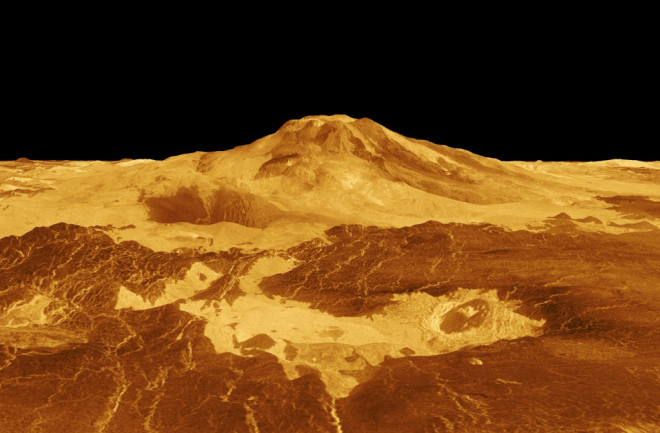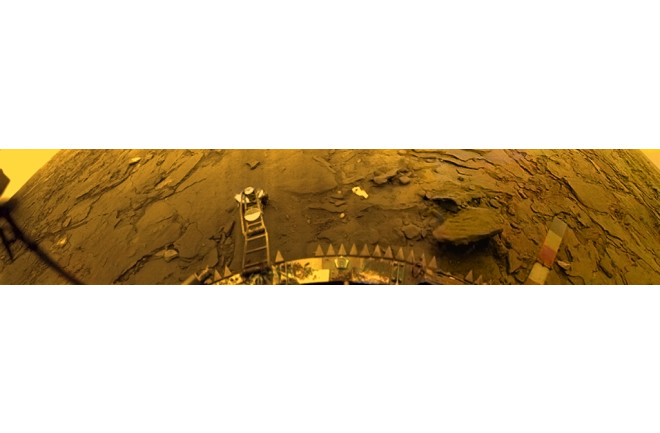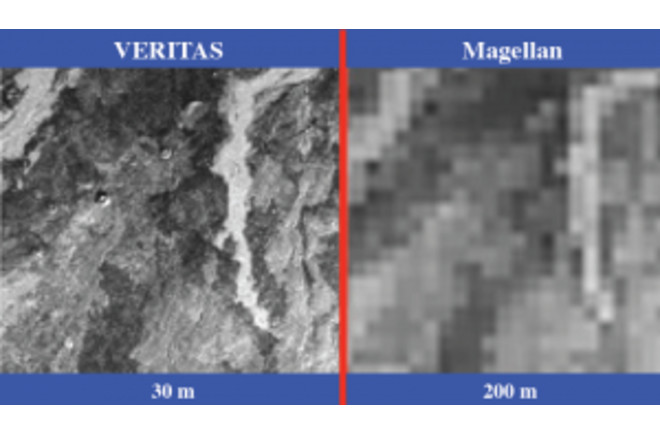The planet that is a twin to Earth but remains largely overlooked by discussion.
NASA scientists held discussions today about a neighboring planet that bears a striking resemblance to Earth. With a radius that is only 5% smaller and a mass that is 15% lighter, it is almost the same age as Earth and is warmed by an identical star. The only difference is that it orbits its star at a slightly closer distance, which results in receiving nearly double the amount of radiation. However, this planet reflects a significant portion of the radiation, and its theoretical temperature is just below freezing, which implies that with some natural greenhouse warming, it would be a desirable location.

If this planet were discovered orbiting a different star, it would undoubtedly be hailed as the most Earth-like exoplanet known to date, representing the optimal place to explore for extraterrestrial life.
Despite its proximity, Venus is the planet under consideration. It is not orbiting a foreign star; it is the planet closest to us in our own solar system. However, Venus is far from being hospitable, and understanding why our planet went right while Venus went wrong is critical to determining whether habitable planets are rare or abundant throughout the universe.
The ways in which Venus deviates from Earth are both extreme and baffling. Unlike Earth, Venus has an atmosphere that is crushing and laced with sulfuric acid clouds, and it’s mostly composed of carbon dioxide. Its surface temperature is consistently around 450 degrees Celsius (850 degrees Fahrenheit), which is far hotter than the highest oven temperature. It lacks a magnetic field to protect it from the charged particles coming from the sun. It has no tectonic plates that replenish its geology. Its rotation takes 243 Earth days to complete, and it rotates backward compared to almost all other planets. Moreover, it has no moon.
Some of these characteristics might be connected. Venus’s lack of a moon could be related to its slow rotation. Its slow rotation might be linked to its lack of a magnetic field, which in turn might be related to its thick, dry atmosphere, which in turn might be related to its lack of dynamic geology. There could be a chain reaction at work.
The reason why the word “might” is used frequently is that there is still a lot that scientists do not know about Venus. Its constant cloud cover makes studying its surface features an enormous challenge. Additionally, landing a probe on its surface is exceedingly challenging. The atmospheric pressure on the ground is more than 90 times that at sea level on Earth, and the scorching temperatures fry electronics and melt mechanical components quickly. Lastly, the odds of finding anything living on Venus are nearly non-existent, which gives it a sense of gloom. As a result, Venus has received only a tiny fraction of the attention given to Mars.

The most recent attempt to map Venus was undertaken by NASA’s Magellan spacecraft in 1994, using imaging radar as it orbited the planet. The ability to observe Venus from the ground is even more limited. The last probe to land on the planet was the Soviet Union’s Venera 14 in 1982 – the same year the probe arrived, and the Soviet Union still existed.
Despite this lack of recent exploration, Venus has a significant role in our understanding of the possibility of life in the universe. If more information were available, researchers could better assess the likelihood of other Earth-sized planets following a similar path of destruction. They could also compare and evaluate the crucial factors that allowed life to emerge on Earth. Furthermore, investigating Venus could help answer some of the most critical questions about our nearest planetary neighbor: Did it begin as a habitable place and later turn hostile? Did life exist there in the distant past and succumb to an environmental catastrophe?

NASA has announced the selection of five finalists for its upcoming midsize, Discovery-class mission, two of which focus on Venus. By next year, one winner will be chosen from the group, with plans to launch the mission by 2021. One of the proposed missions, VERITAS, would use modern technology to revisit the radar-mapping approach of Magellan, providing significantly higher-resolution images that could reveal more about Venus’s geological history and current activity. Another mission, DAVINCI, would drop a probe through the Venusian atmosphere to study its composition, detect signs of volcanic eruptions, and examine how the thick atmosphere interacts with the super-heated surface. Although there are three other noteworthy proposals, the author suggests that VERITAS would be the most beneficial in understanding Venus and learning about the characteristics of superficially Earthlike planets being discovered around other stars.
Do not forget to share your opinion with us to provide you with the best posts !



0 Comments